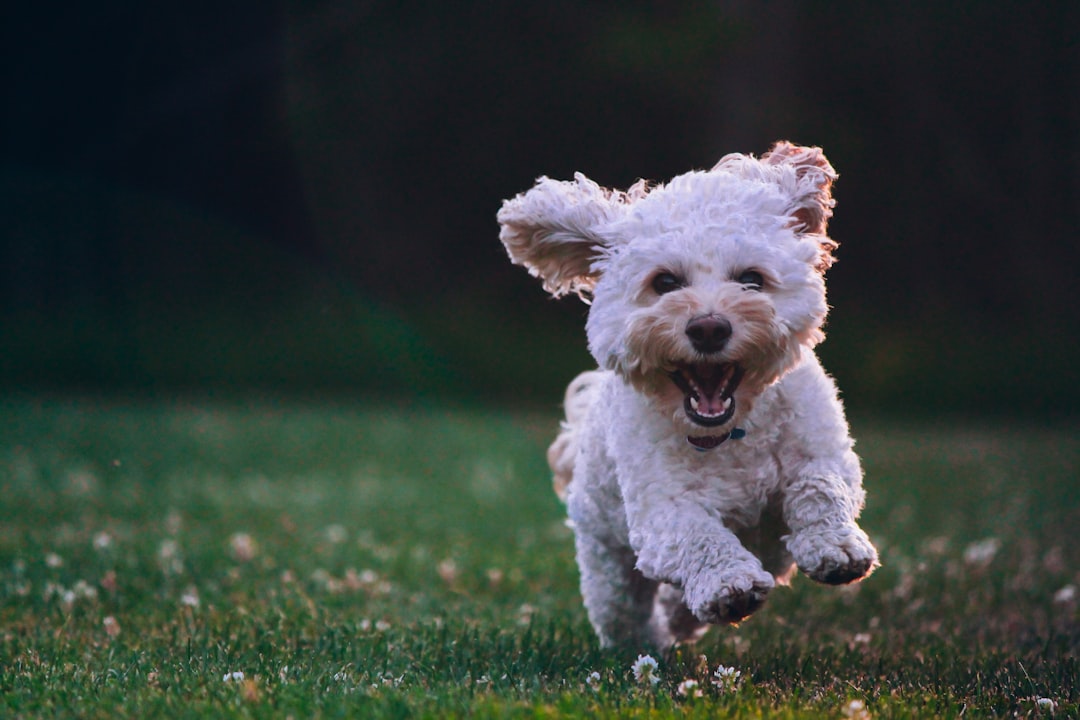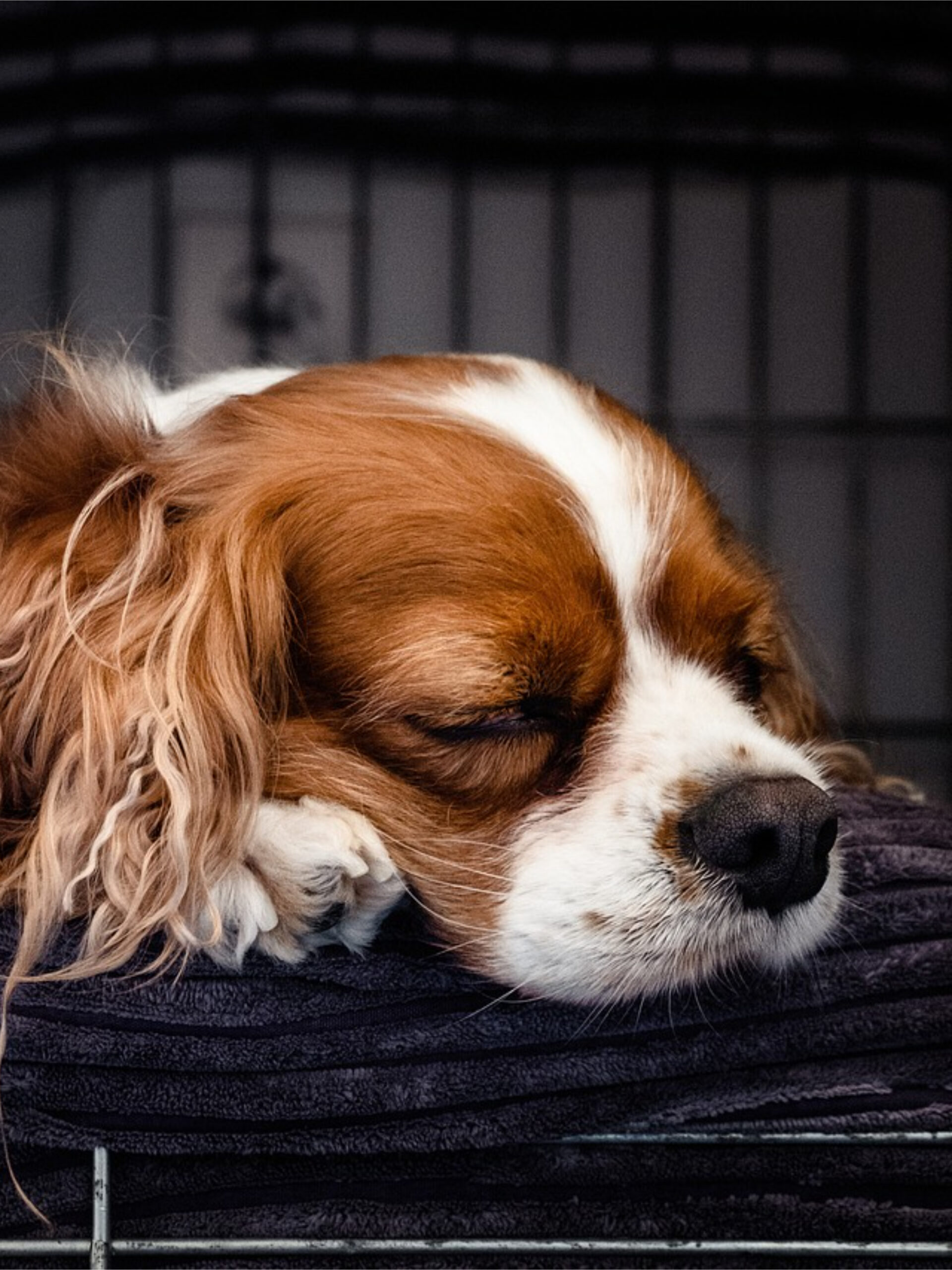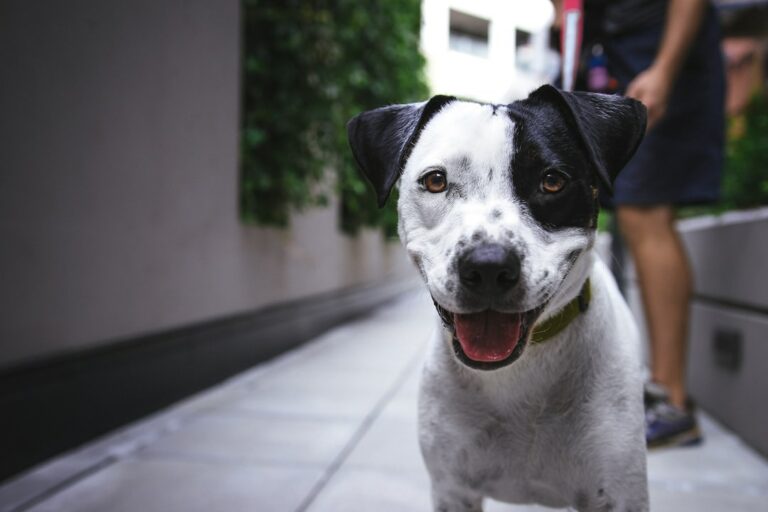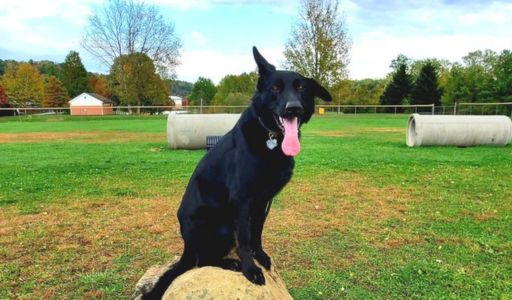Mastering Crate Training: A Guide to a Well-Behaved and Happy Dog
Mastering Crate Training: A Guide to a Well-Behaved and Happy Dog
Learn how to crate train your dog effectively and prevent destructive behavior, housetraining accidents, and separation anxiety with these essential steps and tips from Dayton Off Leash K9 Dog Training.

Importance of Crate Training for Dogs
Crate training, often an overlooked aspect of dog training, carries with it an array of benefits for both the pet and its owner. It is a method that taps into a dog’s innate instincts, serving as a preventive measure against potentially destructive behavior. A crate, when introduced and used correctly, can transform into a safe space for your furry friend. This enclosure, seen as their personal territory, is a place where they can retreat for relaxation or solitude, thereby providing them with a comforting sense of security and belonging. Crate training is important for a well-behaved dog. Here are 9 easy steps to crate train your dog.
Moreover, crate training plays a crucial role in house training. Dogs, by instinct, avoid soiling their dens or sleeping areas. Therefore, a crate can be an effective tool in teaching them appropriate elimination habits, as they would naturally not want to dirty their crate. This principle makes crate training a practical way to guide your dog about where and when they should relieve themselves, thereby preventing accidents around the house. This is just one of the many reasons why companies like Dayton Off Leash K9 Dog Training advocate for and utilize crate training as a part of their comprehensive training programs.
Choosing the Right Crate
Making the right choice when it comes to selecting a crate is a vital step in the crate training process. It’s important to remember that the crate should not be viewed as a cage but as a safe haven for your dog, somewhere they can retreat to when they want peace and quiet. To achieve this, it’s essential that the crate is the right size – large enough for your dog to be able to stand up straight, lie down comfortably, and turn around with ease.
This means that you should consider your dog’s adult size when choosing a crate. If your dog is still a puppy, opt for a crate with removable dividers. This will allow you to adjust the size of the crate as your puppy grows, ensuring it remains a comfortable and appropriate size at all stages of your dog’s life.
Aside from size, the comfort of the crate is another key factor to consider. Aim to make the crate as inviting as possible by including a comfortable bed or blanket. This not only makes the crate more appealing to your dog but can also help to create positive associations with the crate.
Finally, it’s advisable to leave the crate door open when you’re at home. This allows your dog to explore the crate at their own pace and helps to reinforce the idea that the crate is not a tool for punishment, but rather a safe and comfortable space that belongs to them. This approach can go a long way in making the crate training process smoother and more successful.
Introducing the Crate to Your Dog
The initiation of crate training is a pivotal stage that requires a patient and positive approach. The crate should be introduced to your dog in a familiar and friendly environment, typically in a space where you and your dog spend a lot of time. This could be your living room, kitchen, or even a home office. The familiar surroundings provide comfort and security to your dog, making the crate feel less alien to them.
When you introduce the crate, use an enthusiastic and inviting tone of voice. This helps in creating an affirmative atmosphere around the crate, reassuring the dog that it’s a safe and positive space. Further cement this association by feeding your dog their meals near the crate to start with, and eventually inside the crate [2].
This association of the crate with meal times, a generally positive experience for dogs, will condition them to perceive the crate as a pleasant environment. This gradual process will help your dog adapt to the crate, allowing them to stay inside for longer periods over time without experiencing stress or discomfort. This methodical and positive approach to introducing the crate lays the foundation for successful crate training.
Establishing a Crate Training Schedule
Formulating a successful crate training schedule is a fundamental step in establishing a happy and healthy relationship between you and your dog. This process is not a one-size-fits-all affair, but there are some tried and tested steps that can make the process easier. The first stage of crate training involves the introduction of the crate to your dog. This needs to be done in a way that allows the dog to view the crate as a safe and comfortable space. Following this, you can start to feed your dog their meals within the crate. This will allow them to form a pleasant association with the crate.
As your dog becomes more comfortable with the crate, you can start to gradually increase the amount of time they spend in there. The timeframe for this will vary based on the age, temperament, and previous experiences of each individual dog. A practical guideline to follow is to add one hour to your dog’s age in months to determine the maximum number of hours they can comfortably spend in the crate.
This, however, should not be used as a hard and fast rule, as each dog is unique and may require a different approach. It’s advisable to vary the time your dog spends in the crate and handle departures and arrivals in a low-key manner to avoid causing any unnecessary anxiety. At Dayton Off Leash K9 Dog Training, we can guide you through the crate training process and help you establish a schedule that works best for you and your dog Dayton Off Leash K9 Dog Training.

Crate Training Tips and Techniques
Crate training is a process that requires patience, consistency, and a deep understanding of your dog’s needs and behaviors. It’s essential to make the experience fun and positive for your dog, which can be achieved through various techniques. One such method is engaging your dog in crate games – these games not only provide mental stimulation but also help create positive associations with the crate.
Another effective technique is to have your dog enter the crate without a collar or harness, colloquially referred to as keeping them “naked”. This reduces the risk of potential mishaps such as the collar getting caught on the crate’s bars, which could lead to distress or injury. To ensure a smooth transition, it’s crucial to gradually increase the time your dog spends in the crate. Starting with short intervals and slowly extending the duration can help your dog get accustomed to the crate and perceive it as a safe, personal space.
However, while employing these techniques, it’s important to avoid certain pitfalls. Rushing through the process can cause your dog to develop a negative association with the crate, which can be counterproductive to your training efforts. Similarly, giving in to your dog’s whining or using the crate as a solution for separation anxiety can lead to behavioral issues. A significant aspect of successful crate training is understanding that the crate’s purpose is to provide a safe, comfortable space for your dog, not a form of punishment or a tool for isolation.
Utilizing Dayton Off Leash K9 Dog Training’s expert services can ensure a successful crate training process. Their trainers are skilled in teaching dog owners to understand their dogs’ behaviors and creating strong bonds between the owner and dog. For more information on their effective training methods, visit Dayton Off Leash K9 Dog Training.

Conclusion and Call to Action
To conclude, crate training is an immensely beneficial practice that allows your furry friend to tap into its natural instincts while also curbing destructive behavior. It provides your dog with a safe haven, a place they can call their own, while also aiding in the crucial process of house training [1]. However, remember that crate training is not a one-size-fits-all solution nor a quick fix. It requires a blend of patience, consistency, and a careful cultivation of positive associations with the crate.
If you’re feeling overwhelmed by the process or are simply looking for a helping hand, consider seeking professional help from Dayton Off Leash K9 Dog Training. This respected company specializes in a variety of training methods, all geared towards improving the behavior of your four-legged family member.
They take pride in their ability to foster a strong bond between the owner and the dog, an essential component of successful training. Their program promises a 100% obedient, off-leash, and distraction-proof dog upon completion, offering peace of mind for pet owners. For more information or to schedule a free phone consultation, don’t hesitate to visit their website. Their team of experienced trainers is ready and eager to assist you on your crate training journey.
Would you like a certified trainer to contact you?







